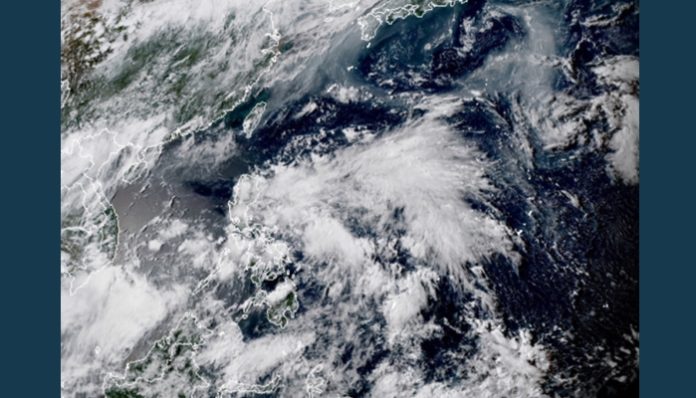
AccuWeather meteorologists are monitoring the opportunity for a new tropical system to form in the West Pacific Ocean that could eventually result in more heavy rain for an already flood-weary portion of Asia.
A tropical disturbance that caught forecasters’ eyes earlier this week in the Philippine Sea continues to meander to the northwest toward the northern island of Luzon.
This westward motion will continue into late Friday and take the disturbance into a more favorable zone for tropical development. As the disturbance is redirected northward, ahead of reaching the Philippines, it is expected to become better organized into a tropical low.
“The tropical low will turn north-northwestward into the weekend and may become a tropical depression or tropical storm by the time it passes near the southern Ryukyu Islands on Sunday,” said AccuWeather lead international forecaster Jason Nicholls.
The Ryukyu Islands are expected to be lashed with heavy rainfall and gusty winds Saturday night into Sunday as the system passes by.
“The overall wind intensity will be determined by how strong the tropical system is able to get as it tracks over the Philippine Sea,” explained Nicholls.
As the tropical system moves farther north, it will encounter more wind shear, or winds disruptive to a tropical system, into Monday. Still, tropical moisture looks to reach parts of South Korea and Japan by early next week.
“The tropical system is likely to weaken as it nears southwestern Japan and South Korea early next week, but regardless of development, spells of heavy rain are expected to hit the region,” Nicholls said.
As this tropical low shifts northward, it will move into the East China Sea and threaten some areas that have already been hit very hard rain so far this summer, increasing the chances of flooding early next week.
Hagupit moved away from the Korean Peninsula late Thursday, after bringing drenching downpours that left more than 7.5 inches of rain and caused river flooding and hitting several cities in North Korea and South Korea.
Torrential rains from early in July left at least 60 people dead in Kumamoto, Japan. The island of Kyushu received a historic 15 inches of rainfall in 6 hours, triggering landslides and causing 3 million residents to evacuate.





